
While traditional apple cider was once made from specific types of apples cultivated solely for cider making, most types of cooking apples now can be made into delicious cider. Cooking apples are typically tarter, larger and firmer than apples meant for snacking. While most cooking apples can be eaten on their own, some varieties of cooking apple make better cider than others. Fresh apple cider is a sweet, natural autumn treasure that the whole family will enjoy.
Apple Choices
Any variety of apples can be used to make cider, but the apple you choose will directly affect the taste of your cider. Winesaps are the traditional choice of cider makers, but any bittersweet or sharp apple will make delicious cider. Gala, Newton Pippin and Rome Beauty apples are excellent cooking apples that are readily available at most grocery stores and make excellent cider due to their balance of sweetness and acidity. The sweeter the apple, the less flavorful the cider, so cooking apples like Fuji and Granny Smith should be left out of the cider pot.
Sweet Cider Memories
Making cider at home is an enjoyable way for your family to welcome fall. Core apples and slice them into wedges, leaving the peels on the apples. Use a selection of cooking apples instead of one particular type for a more complex, flavorful cider. Place the apples in a large saucepan with spices like cinnamon, nutmeg and cloves, then cover them with water. Less sweet cooking apples, like Rome Beauties, may require additional sugar or honey in the pot to keep cider sweet. Let the apples, spices and sugar boil for an hour over high heat, then steep for an additional two hours. Strain the apples from the pot, then the now-soft apples in cheesecloth. Press the cheesecloth with your hands to strain the remaining juice out apples and into the cider. Return the cider to the stove and briefly heat until the cider reaches 160 F.
A Cider Spread
Cider is not just for drinking; the sweet and tart apple juice can be used in a variety of recipes. Drizzle any apple cider over a pork loin or shoulder for a cider-glazed roast. Combine cider that contains green and yellow cooking apples such as Newton Pippins with fresh apple slices, onions and golden raisins and simmer for a quick apple chutney to serve alongside chicken or pork. Add cider to balsamic vinegar and olive oil and toss with butter lettuce, walnuts and cranberries for an elegant salad, or try stirring it into a creamy dressing for a refreshing, snappy-tasting salad adornment. If your recipe yields more cider than you had anticipated, freeze the cider in plastic containers or in ice cube trays to have quick, convenient servings of cider at hand.
Sipping Safely
Heating your cider made from cooking apples to 160 degrees pasteurizes the cider, killing bacteria that may be harmful to your family. Store cider in air-tight containers and discard any cider that has not been consumed after one week. Cider that is allowed to sit for extended periods of time (several weeks) will begin to ferment, turning your family-friendly drink into an alcoholic beverage.
Related Articles
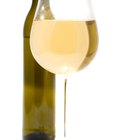
How to Make Apples Into Wine in 21 Days

How to Make Hard Cider With Baking Yeast

How to Poach Apples
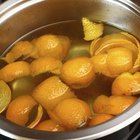
How to Boil Orange Peels in Water
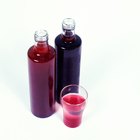
How to Make Sweet Syrup With Fruit Juice

How Fast Does it Take for Apples to Rot?
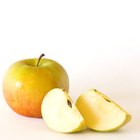
How to Rehydrate Dried Apple Slices

How to Cook Agar-Agar Jam
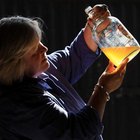
The Danger of Storing Hard Cider in ...

How to Stud an Apple

If Pippin Apples Are Not in Season, ...

How to Eat a Quince
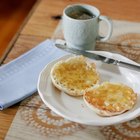
How to Make Old Fashioned Apple Jelly

How to Make Goji Berry Tea

How to Make Lemonade Using Meyer Lemons

How to Make Cherry Bomb Shots
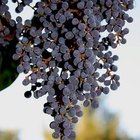
How to Make Elderberry Jam
Ways to Make Tomato Juice Taste Better

How to Make Melon Ice Cream

How to Cook an Orange
References
- University of Illinois Extension: Apple Varieties
- "Imbibe Magazine": Homemade Apple Cider;
- YoBrew: Cider and Perry
- National Association of Cider Makers: Cider Apples
- George Mason University Faculty Member's Website; Hard Cider's Mysterious Demise; David R. Williams
- Food.com; Mom's Homemade Apple Cider; September 16, 2007
Resources
Writer Bio
Hailing from California, Ann Mazzaferro is a professional writer who has written for "The Pacifican," "Calliope Literary Magazine" and presented at the National Undergraduate Literature Conference. Mazzaferro graduated magna cum laude with a Bachelor of Arts in English from the University of the Pacific.
Photo Credits
Comstock/Comstock/Getty Images